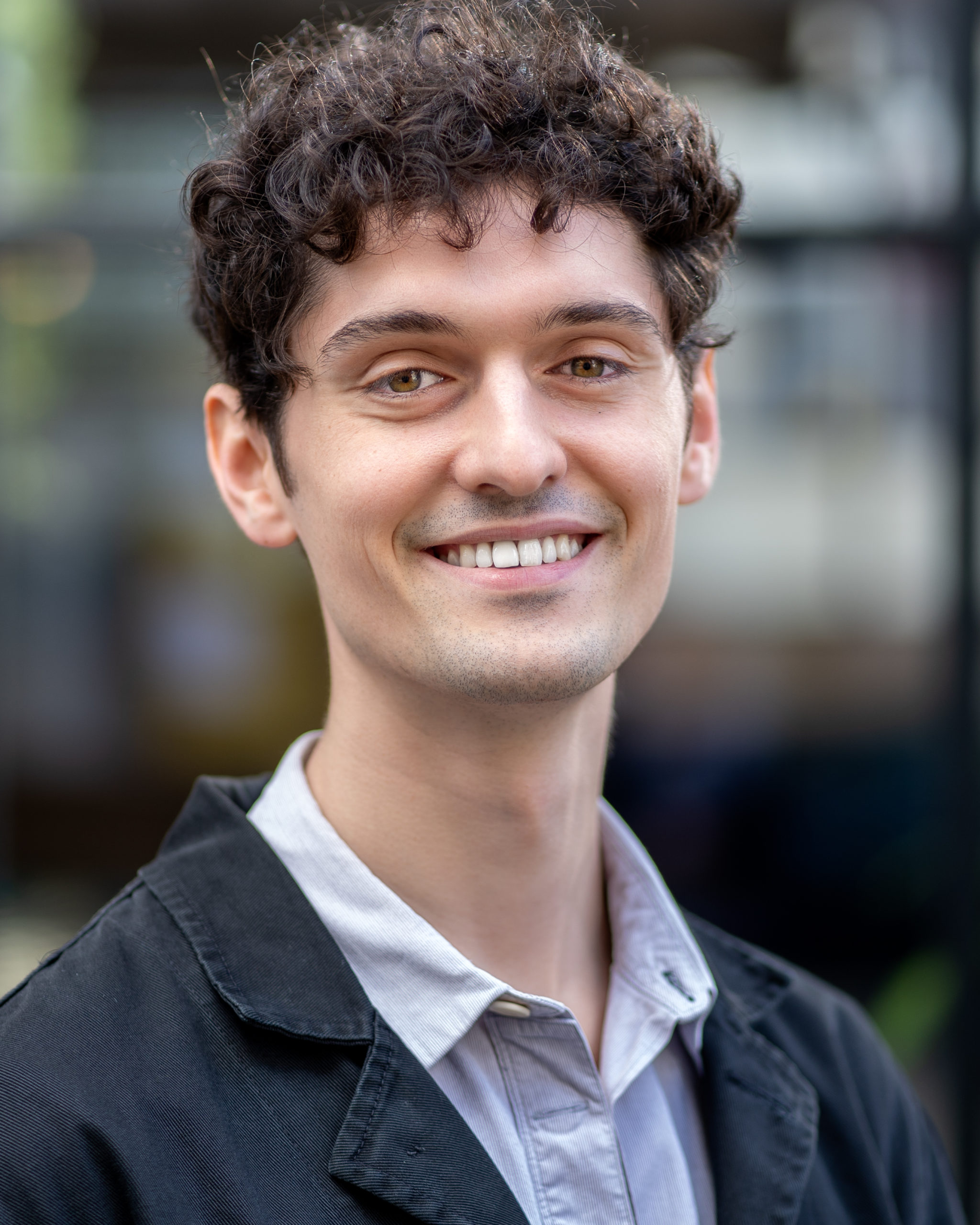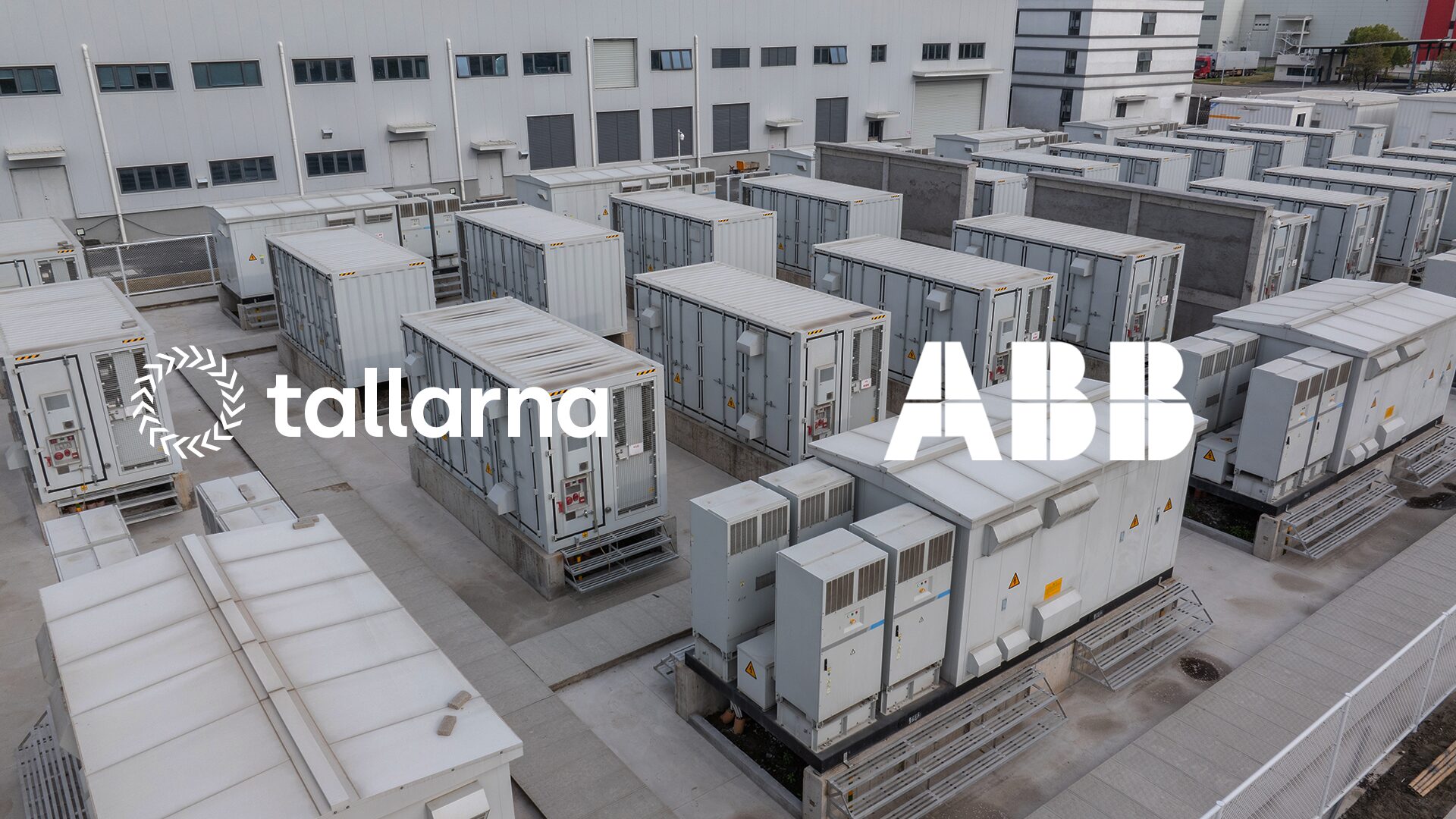
Meet Joe, a Research Engineer at Tallarna
How does Tallarna account for limited building data? What does the retrofit industry need to do to achieve scale? And who’s the engineer behind Tallarna’s business case modelling? Meet Joe to find out.
How would you describe your job to someone you’ve just met?
I undertake research to support Tallarna’s building energy and retrofit business case modelling. Mostly this means keeping up with relevant building standards, legislation, and research as well as learning from and contributing to cross-industry groups like LETI and the UKGBC. I use my insights to enhance the decision support Tallarna provides to customers for their decarbonisation projects.
What innovative thing might people not know about Tallarna?
I don’t think many people know that our platform’s stochastic analysis allows us to reflect the inherent uncertainty of energy use in buildings (mainly resulting from human behaviour) as well as to capture the uncertainty associated with limited building data. These are two huge project barriers and by accounting for them, we can drive actionable insights into buildings’ retrofit performance at greater speed and scale.
What are the biggest hurdles facing positive climate action today?
Positive climate action has many faces and equally, many hurdles. In the domestic retrofit space where I have been recently focussed, I’d highlight funding and supply chain capacity. Awareness and appetite to undertake retrofits continues to grow, but the challenge of accessing efficient project funding limits the scale and scope of projects – and consequently holds back the supply chain from ramping up its delivery capacity. Demonstrating real pipeline with secured funding is an important part of kicking retrofit rollout into a higher gear. That’s where Tallarna comes in and I’m proud to be part of an organisation providing practical and scalable solutions.
What are your thoughts on collective versus individual climate action?
I believe that mitigating the climate crisis comes down to systems change. This means joining up the dots between things like housing and transport, understanding how they affect each other, and tackling them as interlinked structures. The choices that we make as individuals are important, but it’s possible our options can be bounded within unsustainable systems – and individual action can be limited to making the least-bad choice. We need to act collectively to shift our systems on to a sustainable footing to give ourselves sustainable choices, and we need to ensure that this transition is just and equitable.
What do you hope to see happen at COP27?
At a domestic level, I’d like to see progress and commitments made against the various recommendations laid out in the UKGBC Net Zero Whole Life Carbon Roadmap which was produced in the run-up to COP26 and which Tallarna contributed to. We need stronger policies to support decarbonisation ambitions as well as more developed plans and infrastructure for delivery.
For more information on anything raised in this blog, please email press@tallarna.com.


